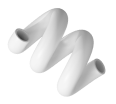David Randall PhD 👋
A Passionate User Research Specialist with 15 years of Experience conducting research in academia and business.

A Passionate User Research Specialist with 15 years of Experience conducting research in academia and business.



